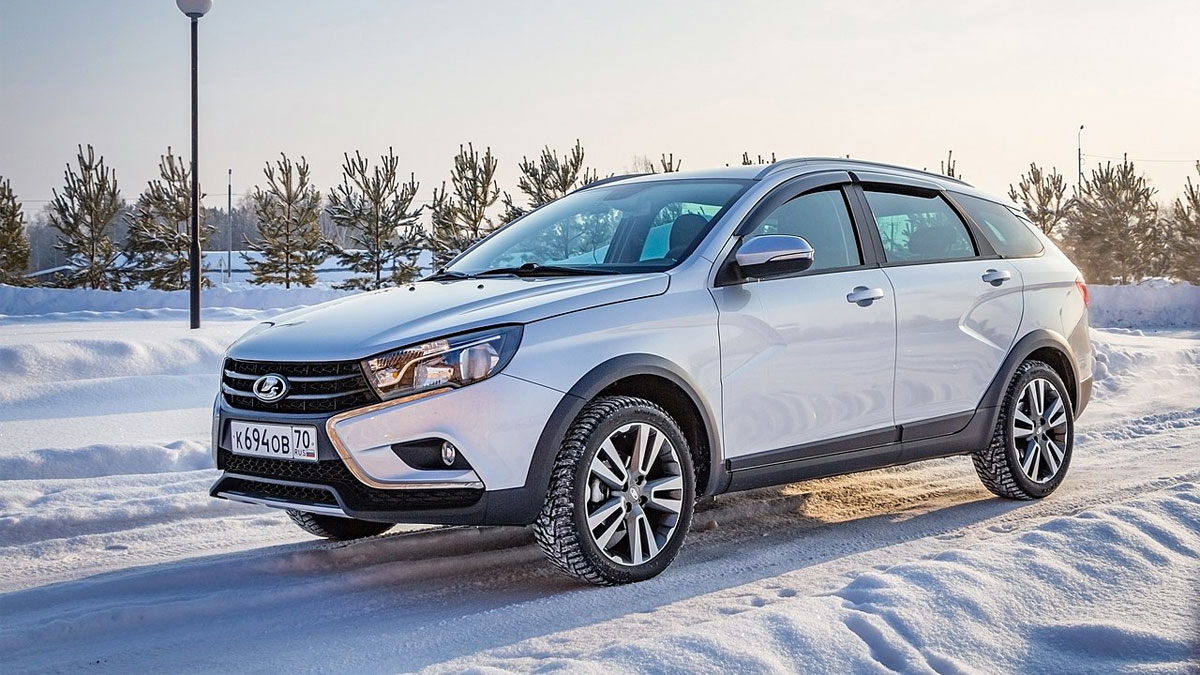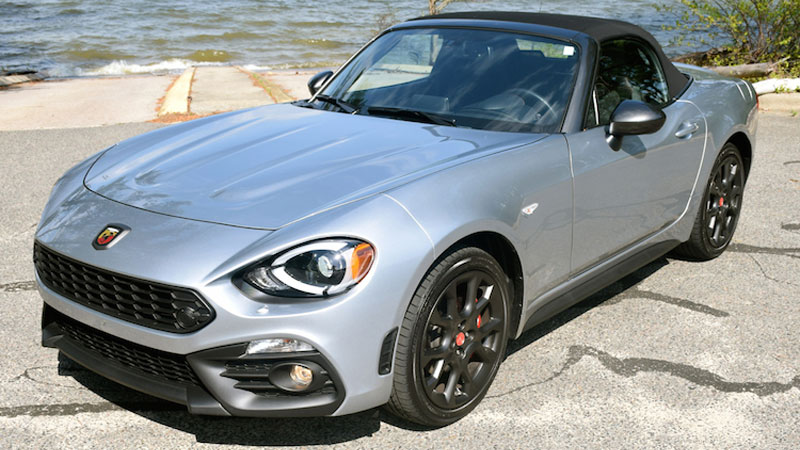Renault’s Russian Lada Quandary
Lada is not an automotive brand most people are familiar with. But if you are a Russophile, particularly one for when the country was part of the former Soviet Union, then you are quite familiar with the Lada name. That moniker is now controlled by French automaker Renault who finds … Read more


